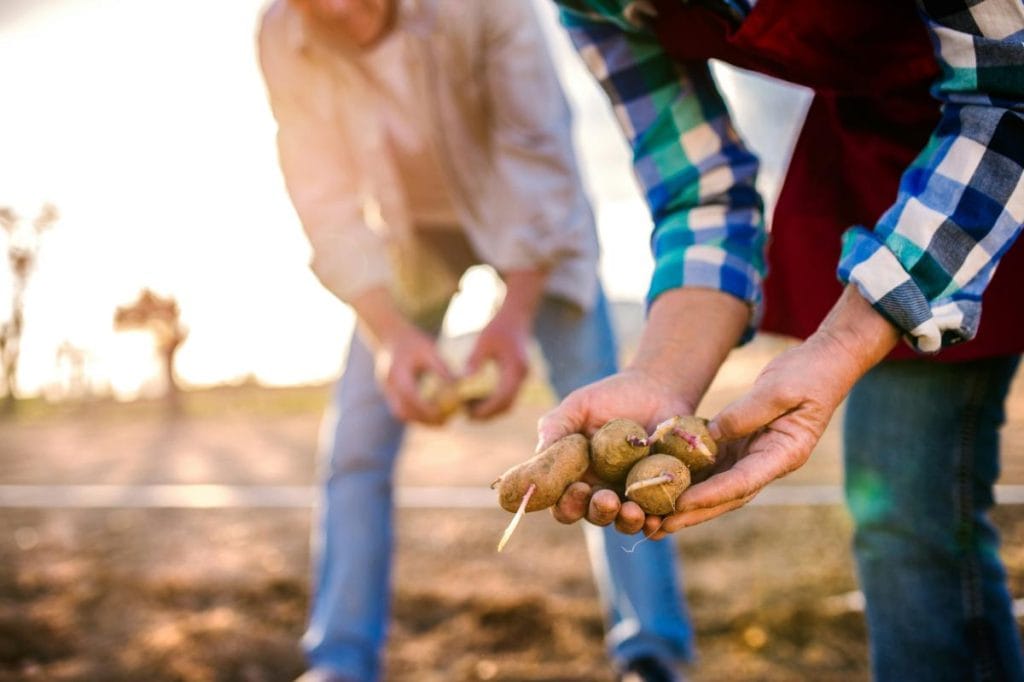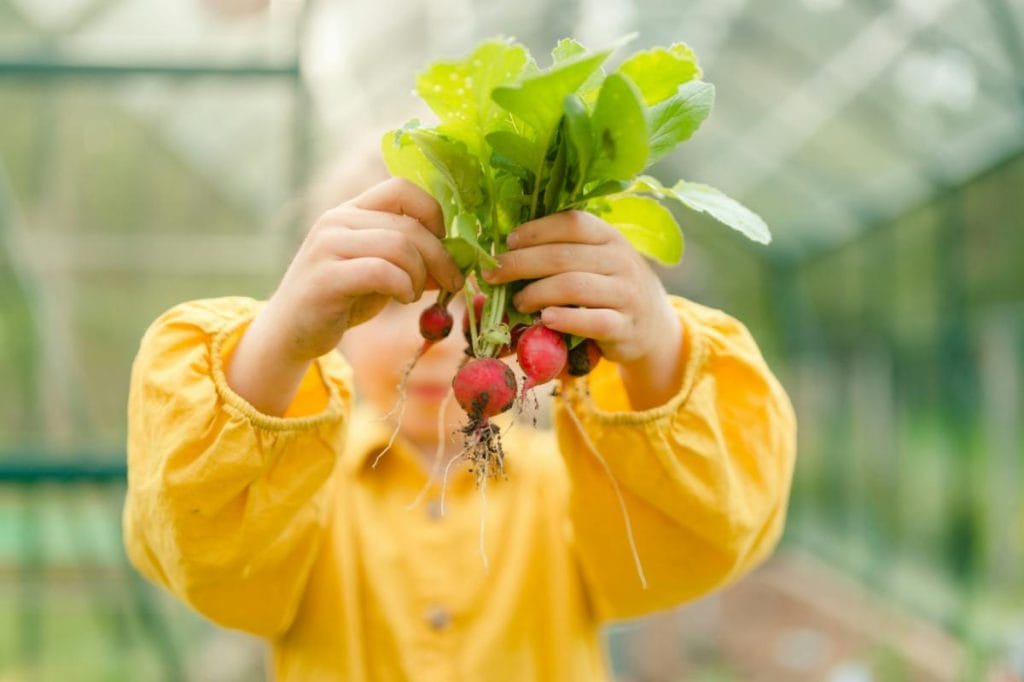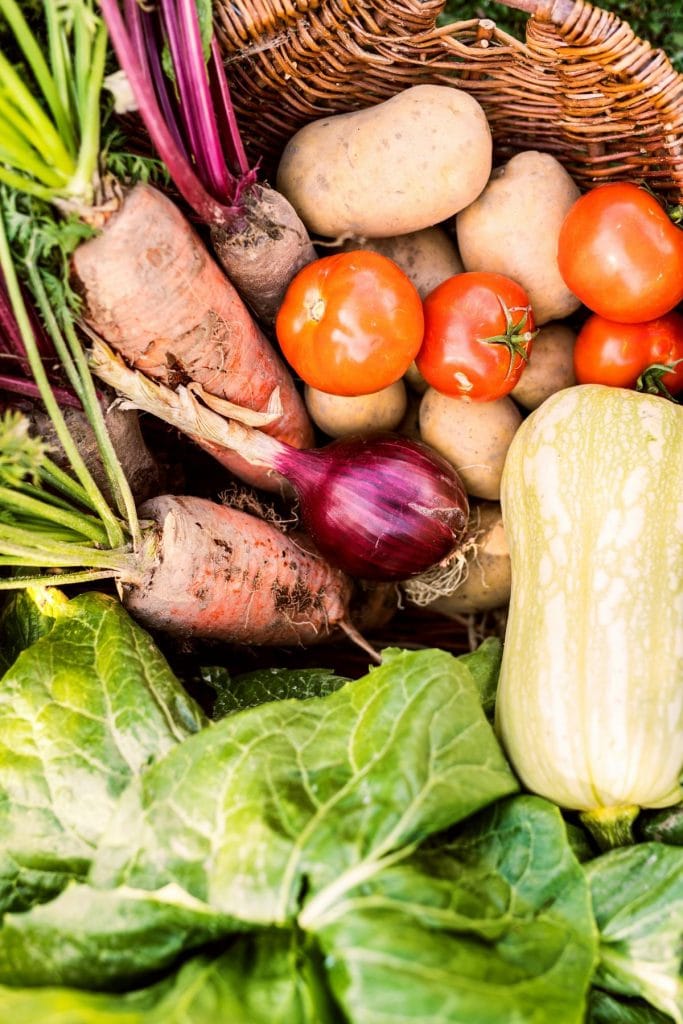
If you’re an avid gardener, then you know that the growing season doesn’t have to end when summer does. With some planning and preparation, you can enjoy fresh produce from your garden all year long. Whether you live in a mild climate or experience harsh winters, there are ways to keep your garden thriving throughout the year.
In this blog post, we’ll discuss six tips for year-round vegetable gardening that will help you extend your growing season and produce bountiful harvests no matter the weather. From choosing cold-hardy crops to utilizing different gardening techniques, these tips will ensure that you have an abundant supply of fresh vegetables at your fingertips throughout the entire year. Let’s get to the list.
Install a Green House
One of the best ways to extend your growing season and protect your plants from harsh weather is by installing a greenhouse. Greenhouses provide a controlled environment for your plants, shielding them from extreme temperatures, wind, and pests. For instance, these Rimol greenhouses come in different sizes and can be easily set up in your backyard or even on your balcony, making them a versatile option for urban gardeners. With a greenhouse, you can start your seeds early and continue growing delicate crops like tomatoes and peppers well into the winter months.
When choosing a greenhouse, consider its size, durability, and ventilation options to ensure that it meets your gardening needs. Size is important as you’ll want to have enough space for your plants to grow and move around comfortably. Durability is also crucial since greenhouses are a long-term investment, and you’ll want one that can withstand the elements over time.

Utilize Raised Beds
Raised beds are perfect for year-round vegetable gardening as they allow you to have more control over the soil conditions and temperature. This is especially useful if you live in an area with heavy clay or sandy soil. The elevated level of the beds also makes it easier to access your plants and work on them without having to bend over, which is great for those with back problems.
Raised beds can be used for both warm and cool-season crops, making them a versatile option for year-round gardening. They also help with drainage and prevent soil compaction, leading to healthier plants and better yields.
Choose Cold-Hardy Crops
When planning for year-round vegetable gardening, it’s important to choose crops that can withstand colder temperatures. These cold-hardy crops include leafy greens like spinach and kale, root vegetables like carrots and turnips, and hardy herbs like rosemary and thyme. These crops can withstand frost and even continue growing in lower temperatures, making them perfect for fall and winter gardening.
Before planting cold-hardy crops, make sure to check the average first frost date in your area to determine when you should start planting. You can also extend the growing season by using row covers or cold frames to protect your plants from frost and extend their growing time.
Rotate Your Crops
Crop rotation is a gardening practice where you change the location of your crops each season to prevent soil depletion and pest infestations. This is important for year-round vegetable gardening as it helps maintain healthy soil and reduces the risk of diseases and pests.
When choosing which crops to rotate, consider their nutrient needs and plant families. For example, legumes like peas and beans add nitrogen to the soil, while heavy feeders like tomatoes and peppers deplete it. Also, avoid planting crops from the same family in the same area for two consecutive seasons as this can lead to a buildup of pests specific to that family.
Use Mulch and Coverings
Mulching is a great way to protect your plants from extreme temperatures, retain moisture in the soil, and suppress weeds. For year-round vegetable gardening, you can use organic mulches like straw or shredded leaves to insulate the soil and keep it warm during colder months. You can also use plastic or fabric covers to protect your plants from frost and extend the growing season.
Make sure to mulch around the base of your plants, leaving a few inches of space between the stems and the mulch to prevent rotting. Coverings should be removed during sunny days to allow for air circulation and replaced at night when temperatures drop.

Practice Succession Planting
Succession planting is the practice of planting crops at staggered intervals to ensure a continuous supply of fresh produce throughout the year. This is especially useful for fast-growing crops like lettuce and radishes that can be harvested multiple times in one season.
To make succession planting work, you’ll need to plan your garden carefully and keep track of the planting and harvesting dates for each crop. You can also use this technique with warm and cool-season crops, allowing you to have a steady supply of vegetables no matter the season.
With these six tips for year-round vegetable gardening, you can enjoy a bountiful harvest all year long. By installing a greenhouse, utilizing raised beds, choosing cold-hardy crops, rotating your crops, using mulch and coverings, and practicing succession planting, you can extend your growing season and protect your plants from harsh weather conditions. With some planning and preparation, your garden can thrive throughout the year, providing you with fresh and nutritious vegetables to enjoy.
